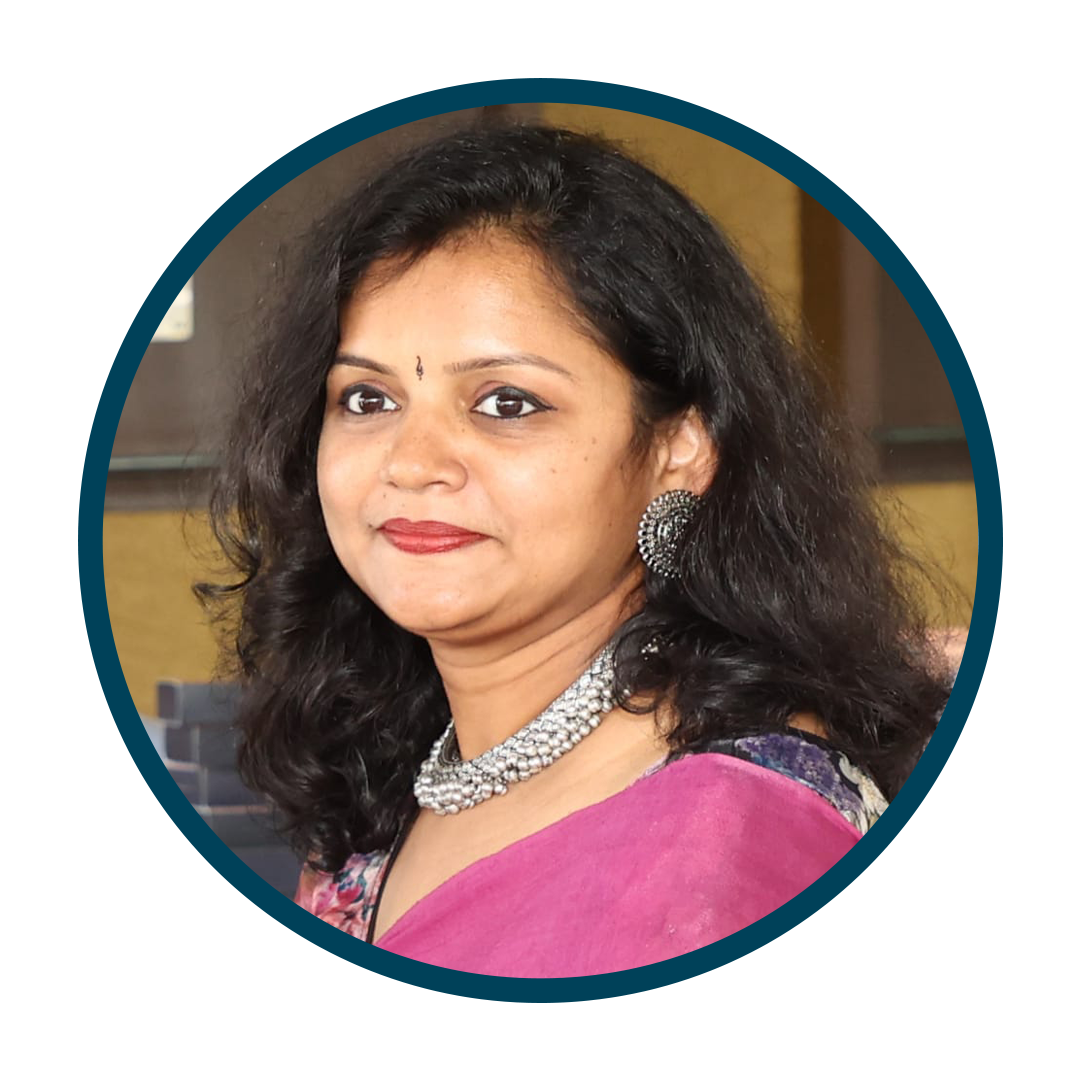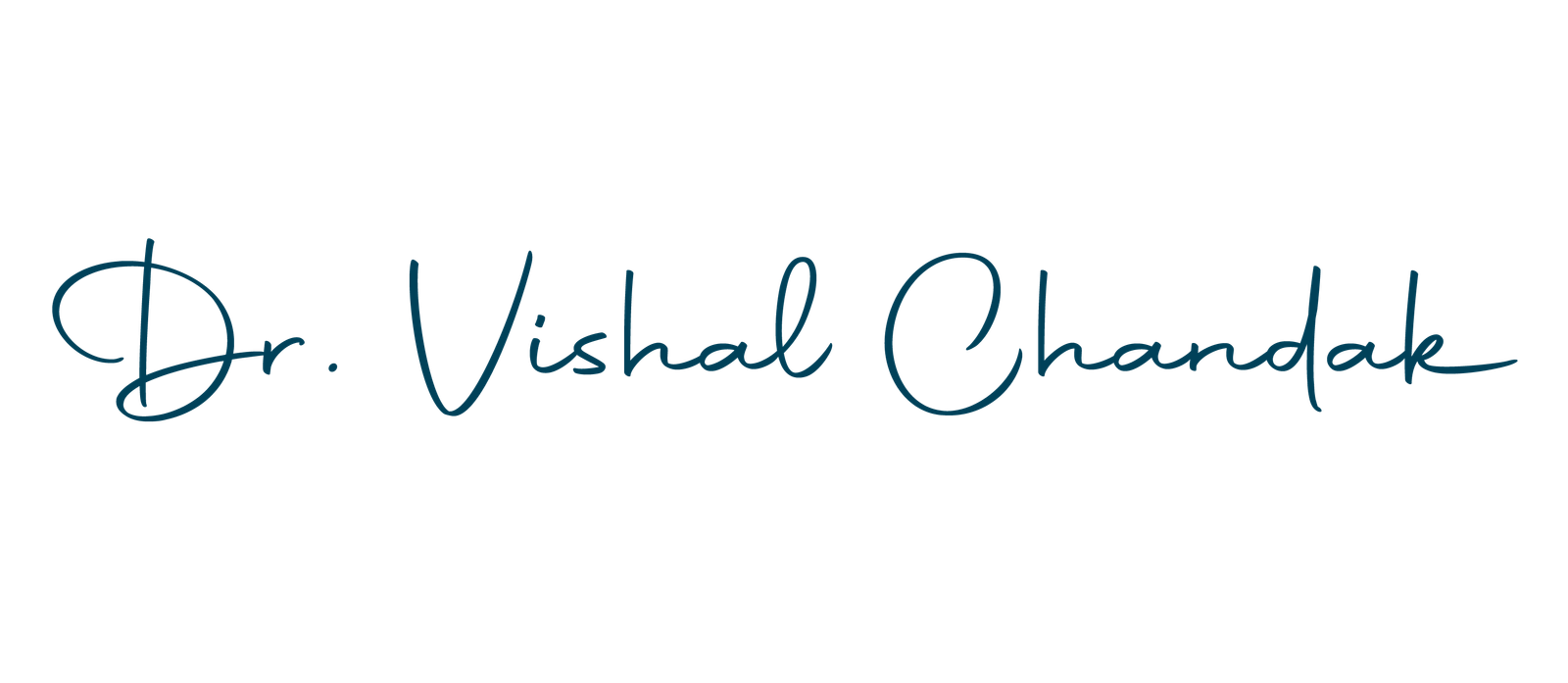1
2
What is Fracture Management in Children?
Pediatric fractures pose unique challenges due to the ongoing growth and development of children. While the primary goal is to achieve proper bone healing and functional recovery, managing pediatric fractures requires a comprehensive approach. This involves considering factors such as growth plate involvement,
potential deformities, and long-term functional outcomes.
Conditions with Symptoms
Fractures often manifest with:
- Pain and tenderness at the injury site.
- Swelling and bruising around the affected area.
- Difficulty moving the injured limb.
- Visible deformity or abnormal positioning.
Book an Appointment
Book an appointment with Dr. Vishal Chandak for expert Orthopedic Treatments & Consultations
3
What is the Treatment?
Effective Treatments for Childhood Fractures:
Customized Approaches for Healing and Recovery
- Immobilization techniques such as casting or splinting.
- Reduction methods to realign displaced bones.
- Surgical intervention for complex or severe fractures.
- Rehabilitation programs to restore strength and mobility.
How Dr. Vishal Chandak Stands Apart?
Dr. Vishal Chandak sets himself apart in orthopedic trauma care with:
Vast experience in treating pediatric fractures and musculoskeletal injuries.
Expertise in growth plate considerations and age-specific treatment approaches.
Comprehensive approach focusing on long-term functional outcomes and minimizing complications.
Personalized care and compassionate support for patients and their families.
Dr. Vishal Chandak stays updated with the latest orthopedics, ensuring cutting-edge treatments for patients.
Dr. Vishal Chandak works closely with specialists to provide comprehensive care, promoting holistic treatment approaches.
4
Our Facility
5
Our Approach
Comprehensive Fracture Management Approach:
Expert Care from Diagnosis to Recovery
Thorough evaluation and diagnosis of the fracture.
Tailored treatment plans based on injury severity and patient needs
Close monitoring and follow-up to track healing progress.
Collaborative approach involving patients and families for optimal outcomes.
DID YOU KNOW?
Optimizing Outcomes through Holistic Management
Managing pediatric fractures extends beyond bone repair, requiring consideration of ongoing growth and
development. By carefully assessing growth plate involvement, employing age-specific treatment
approaches, and prioritizing long-term monitoring and rehabilitation, healthcare providers can optimize
outcomes and minimize complications. Empowering parents and caregivers through education and
counseling fosters collaboration in the child’s recovery journey, ensuring a holistic approach to pediatric
fracture management.
6
Our Support Team
Consultant Paediatrician

Dr. Atish Laddha
Paediatric Haemato-Oncologist

Dr. Shraddha Chandak
Paediatric Orthopedic surgeon

Dr. Viranchi Vaidya
Consultant Paediatric Nephrologist

Dr. Pankaj Bhansali
Paediatric Neurologists
Rehab Specialists

Dr. Varsha Vaidya

Dr. Madhavi Shelake

Dr. Sandip Saraf

Dr. Pooja Patel

Dr. Monali Nawal
Paediatric Anaesthesiologist

Dr. Shivraj Chilwant

Dr. Prasad Deshpande

Dr. Renuka Marawar
7
Frequently Asked Questions
How does fracture management differ for children compared to adults?
Children’s bones are more flexible and heal faster than adults. Treatment often involves closed reduction (realigning the bone without surgery) and casting or splinting for immobilization.
What are the signs and symptoms of a fracture in a child?
Signs may include pain, swelling, bruising, deformity, difficulty using the limb, and crying or irritability in younger children.
What imaging tests are used to diagnose fractures in children?
X-rays are typically used to diagnose fractures. In some cases, additional imaging like ultrasounds may be needed.
What types of casts or splints are used for fractures in children?
The type of cast or splint depends on the location and severity of the fracture. Options include fiberglass casts, splints, and even removable braces in specific cases.
How long does it take for a child's fracture to heal?
Healing time varies depending on the fracture location and severity. Dr. Chandak will provide a specific timeline based on your child’s case.
What can my child do to promote healing after a fracture?
Following doctor’s instructions regarding weight-bearing and activity limitations is crucial. Maintaining a healthy diet and good sleep hygiene can also aid healing.
Are there any risks associated with fractures in children?
While uncommon, risks include infection, nonunion (bones not healing properly), and malunion (bones healing in a misaligned position). Dr. Chandak will monitor your child closely to address any potential complications.
When can my child return to sports and activities after a fracture?
Gradual return to activities is crucial to prevent re-injury. Dr. Chandak will clear your child for sports based on their healing progress and ensure they regain proper strength and flexibility.

